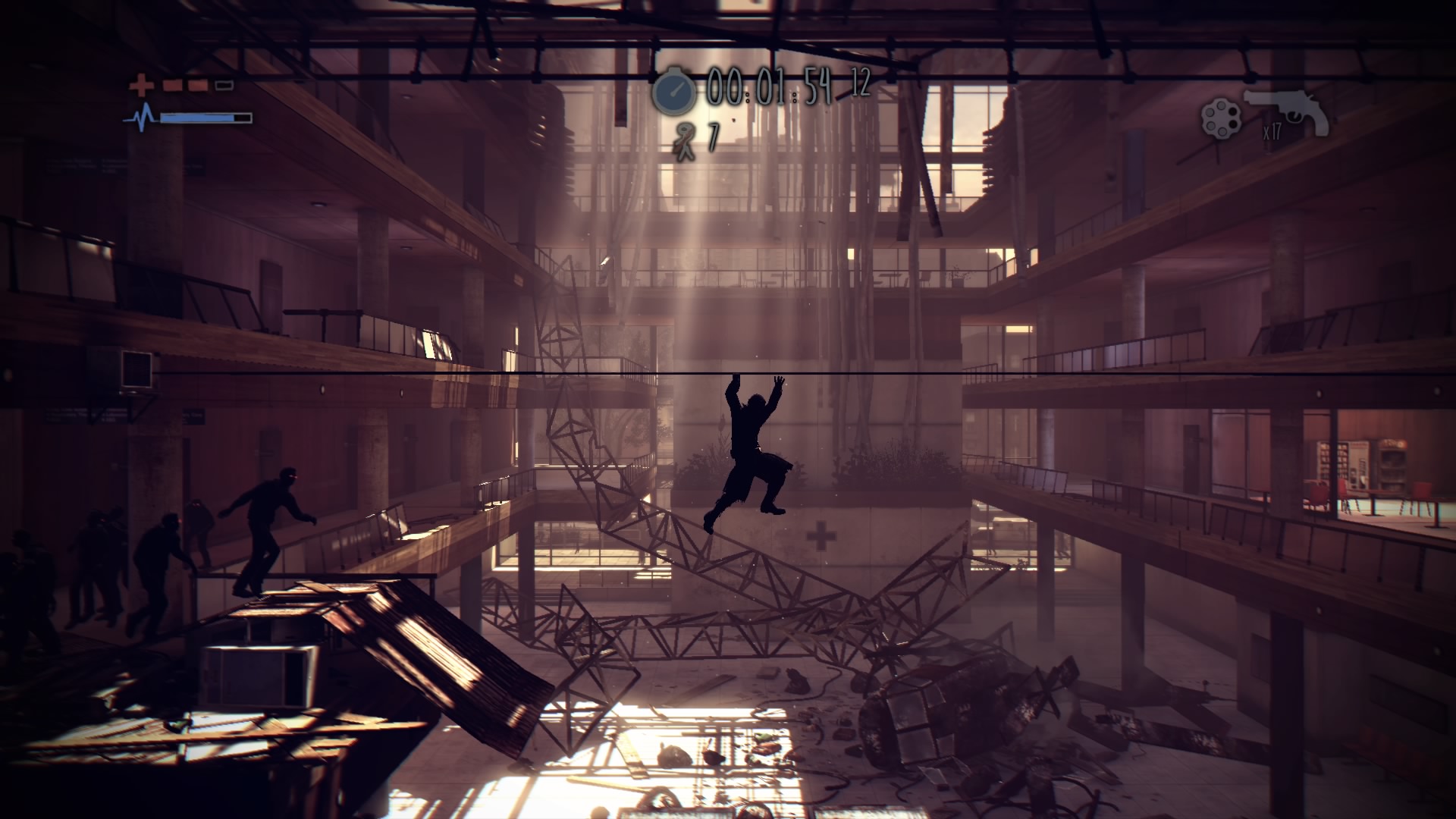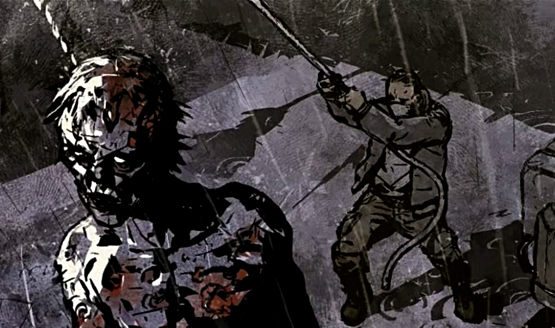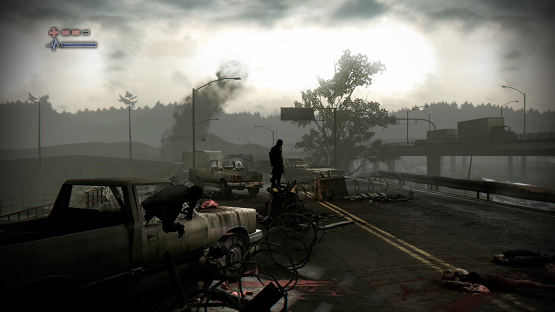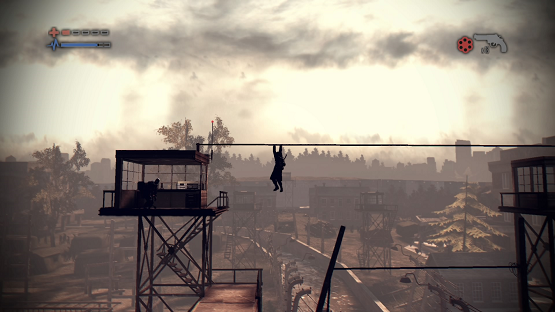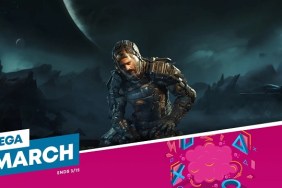The zombie obsession has permeated society for decades, but it really feels like The Walking Dead opened up a whole new level of fanatical infatuation with the hordes of corpses returning from the grave. Perhaps it’s the nature of confronting an innate fear of our own mortality that keeps zombies so prevalent, or maybe we just like to see people get torn apart by other rotting people. Either way, it can be assured that zombie media is not going anywhere anytime soon, despite the genre starting to feel like the shambling mounds of flesh that it portrays.
The best thing then, that post apocalyptic zombie games can do, is try to bring something new to the genre. Deadlight does this with side-scrolling puzzle platforming gameplay and a unique visual style, keeping the lead character and foreground silhouetted against the bleak, but brighter background, like a more realistic Limbo. Or at least, Deadlight did this four years ago when it first released on the Xbox 360. Now it’s releasing on the current generation as a director’s cut of the original with updated visuals, “superior” controls, and a couple new modes to enhance replayability after completing the admittedly short main game.
Let me be clear, I have not played the original release of Deadlight. I played this version through and formed my own opinion before going back to read older reviews and see what the criticisms were addressed and if the issues had been resolved four years later. I found the same thing I find with most remastered games where the original issues were not with the graphics: most of the criticisms given in the first review still exist in a better looking, but dated product.
Pride, Prejudice, Puzzle Platforming, & Zombies
Deadlight is a cheesy, yet fetching game filled with more zombie cliches than a George Romero film. Randall Wayne is a survivor looking for his wife and daughter. Separated from the group of survivors he is traveling with, he is required to make his way across a ruined 1986 Seattle alone, fighting off hordes of the undead, solving puzzles to move forward, and encountering other survivors that also want him dead. This first chapter starts teaching the player to move around the environment and how to identify solutions to move forward. Deadlight’s biggest failing here is the readability of the environment, which often left usable items and crawlspaces looking less than obvious, so I found myself stuck at times. Lucky for me it’s a four-year old game so online guides are in good supply.
Chapter one’s platforming and puzzle solving is actually a lot of fun when the lack of telegraphing isn’t getting you down. It made me excited for the rest of Deadlight. Even the piss poor melee combat mechanics weren’t enough to drag it down much (seriously, why bother having that stupid axe if it does virtually nothing to one zombie, let alone hordes?), and I actually enjoyed the limited gunplay once I got my hands on the revolver. But then I lost it all.
Dropping into the sewers to start the second portion of the game, a crazy old hermit steals all of my stuff and sends me on my way through a maze of death traps designed as a test to see if I’m worthy…or something to that effect? The world’s gone to hell, the dead come back to life, surviving factions want to murder me, and now I’m playing around in the sewers. There are hardly even any zombies along the way, and most of the death traps are less of puzzles than they are painful and cheap ways to kill Randall. Again, it’s a problem with the game not telegraphing things enough, leading to trial and error rather than smarts and puzzle solving.
Back to Good, If Only for a Moment
The final chapter of the game is a little more akin to the first, so the enjoyability definitely increased once I got out of the sewers, but it was brief and ended abruptly with an ending that was painfully obvious from the get-go (perhaps the only thing telegraphed early on in all of Deadlight). All in all it took me less than three hours to beat, even with some repeated deaths due to muddy controls in places where rapid platforming is required. Though the deaths can be overcome through a decently generous checkpoint system in the main game, it’s the modes added to extend the life of the game that give them cause for frustration.
Nightmare mode is a new single run, no-death difficulty mode (previously exclusive to the PC version) that seems to almost be a prerequisite addition to zombie games these days. Though no-death runs typically provide a challenge and replayability, the cheap deaths in Deadlight don’t do any favors when attempting to, well, not die, meaning that Deadlight’s Nightmare mode ends up being a trial in self-torture as opposed to a justifiable challenge. We’re talking hours of time wasted because I got stuck to the wall in the collapsing building near the end and couldn’t escape. Twice. Apparently there’s an alternate ending for beating this mode — in addition to a trophy — but it will take some true patience to avoid coming unglued when the game cheaply kills you due to imprecise controls or technical issues and you have to start at the beginning again.
The mode that is truly baffling is the survival mode, as if the main game has any kind of decent combat or escape abilities at all. Poor level design in Deadlight’s one survival arena (the hospital) means that getting backed into a corner against innumerable zombies is an all but certain outcome. The zombies come from every nook and cranny in rapidly increasing and unpredictable numbers no matter where you platform. If melee combat were a more feasible option, if ammo were less scarce, if dead ends had options for escape; there are a lot of ifs that could really change this mode for the better and make it enjoyable to play, but feeling hopelessly defenseless and often averaging a time of two minutes or less before ending up lunch doesn’t make for a terribly enjoyable time. Add another two seemingly impossible trophies tied to this mode (one for surviving almost 14 minutes in one run, and another for killing 200 zombies in a single run) and you’ve got the makings of a chore rather than a challenge, designed solely to add an artificial value to Director’s Cut as another bullet point on a sell sheet.
Impressively updated graphical prowess for a unique visual styling isn’t enough to save it from a myriad of cheaply laid gameplay issues. Deadlight’s problem was never its graphics. Its issues are more inherent to the four-year old gameplay design that doesn’t allow the player to feel responsible for getting themselves killed. Handing the player an axe that barely does a thing. Launching them into spike pits they don’t know they need to leap over. And technical issues with platforming that either stick players to walls or drop them into the waiting hungry hordes. Deadlight could have been a good game, and maybe four years ago I would have thought that it was, but players today expect a little bit more intelligent core game design in which death is a teaching moment rather than a cheap trick.
Deadlight Director’s Cut review code provided by publisher. Reviewed on PlayStation 4. For more information on scoring, please read our Review Policy here.
-
Unique and striking visuals
-
Gunplay can be fun
-
Acts 1 and 3 have redeemable moments
-
Cheap deaths used as tricks rather than teaching moments
-
Added modes artificially inflate replayability
-
Technical issues and sticky controls
Deadlight Directors Cut Review
-
Deadlight Directors Cut Review
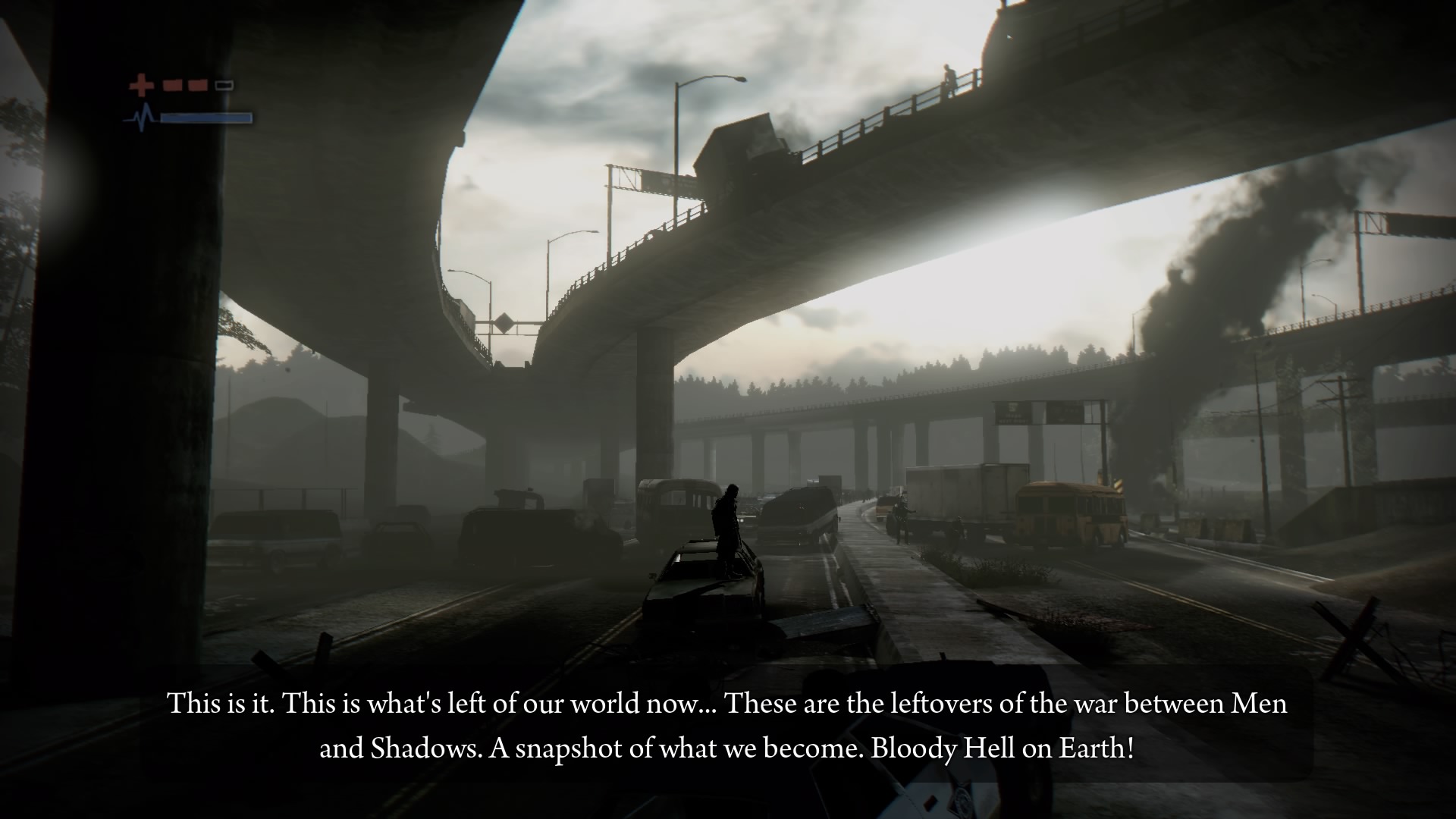
-
Deadlight Directors Cut Review
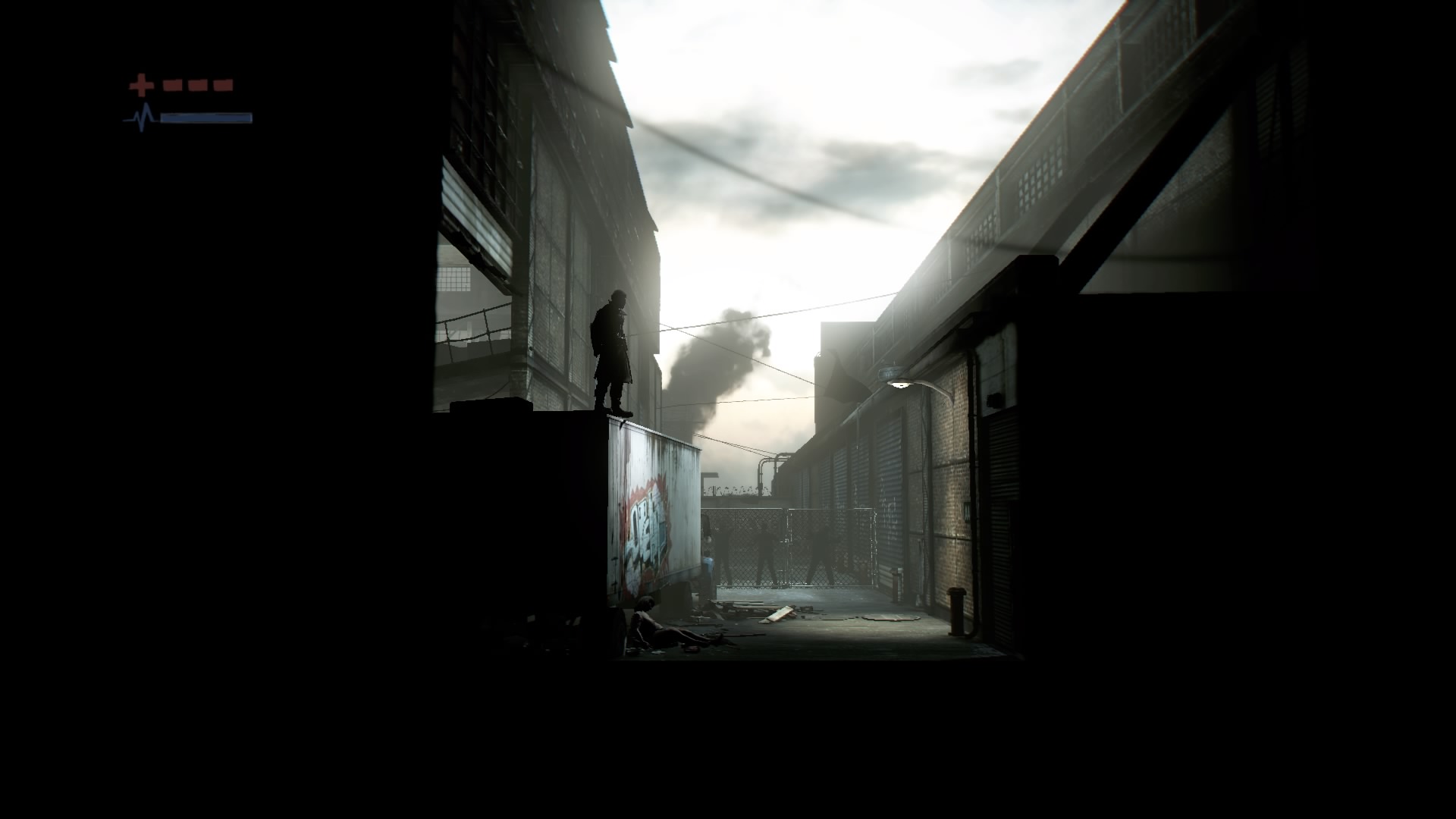
-
Deadlight Directors Cut Review
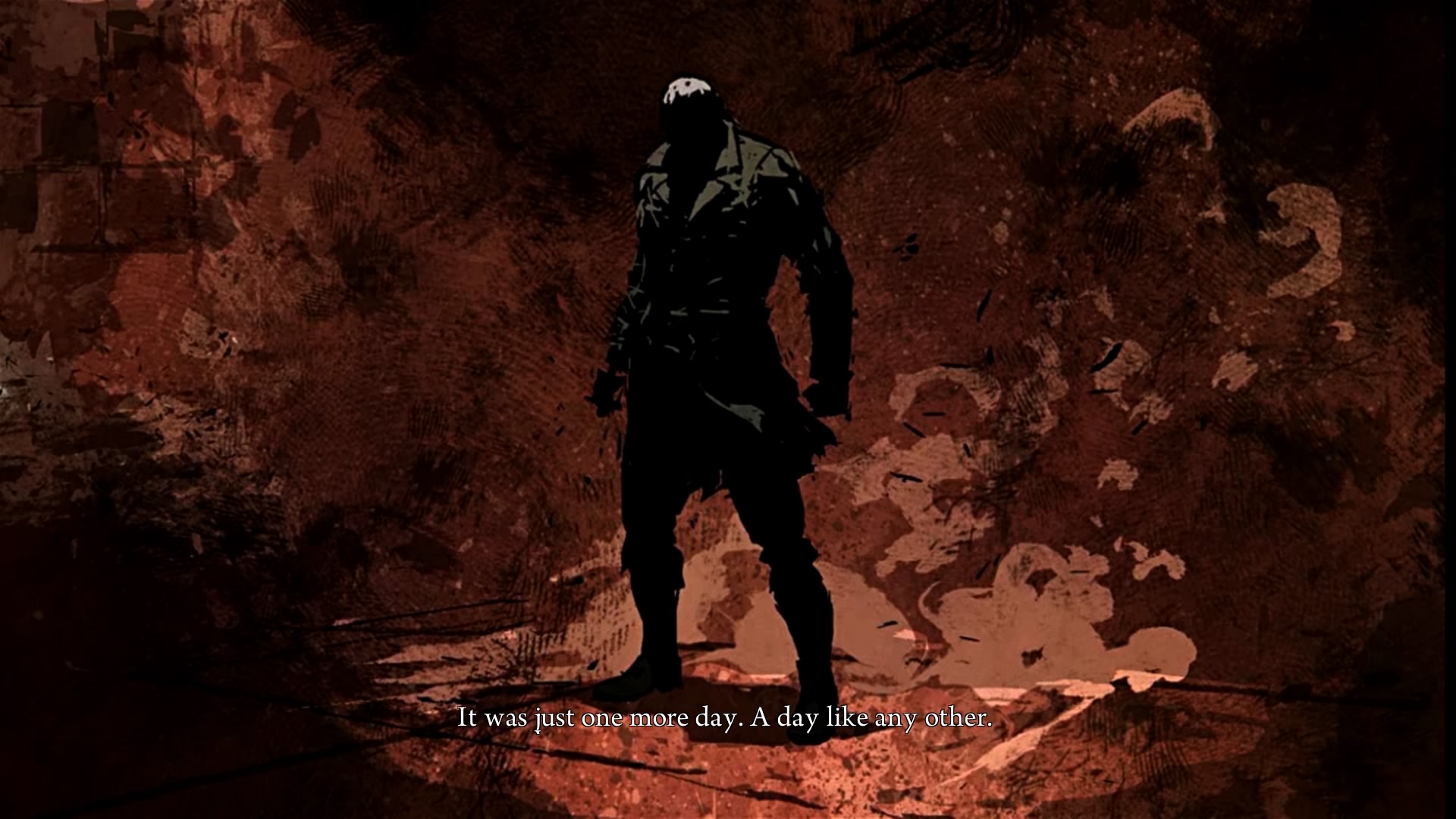
-
Deadlight Directors Cut Review
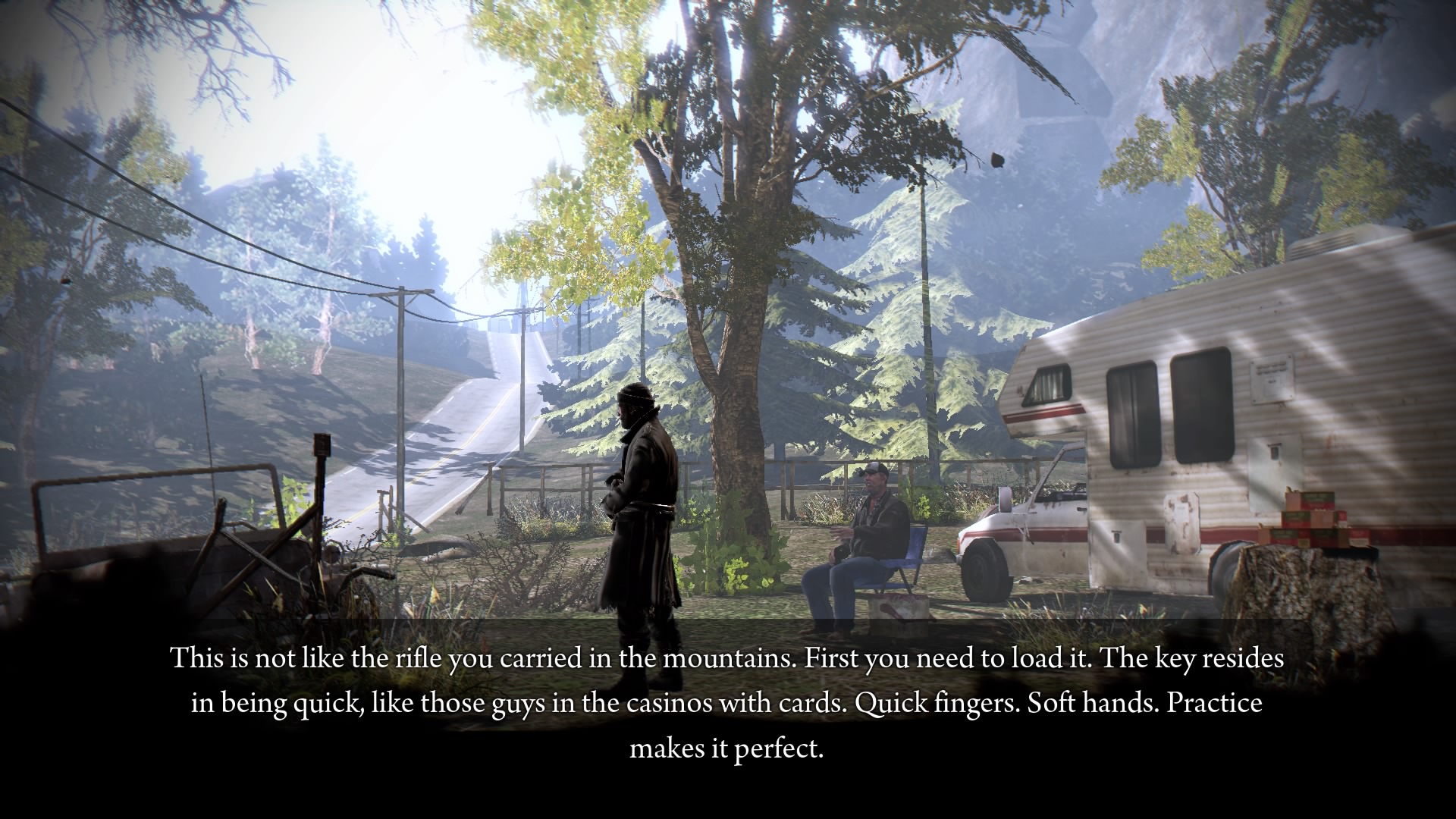
-
Deadlight Directors Cut Review
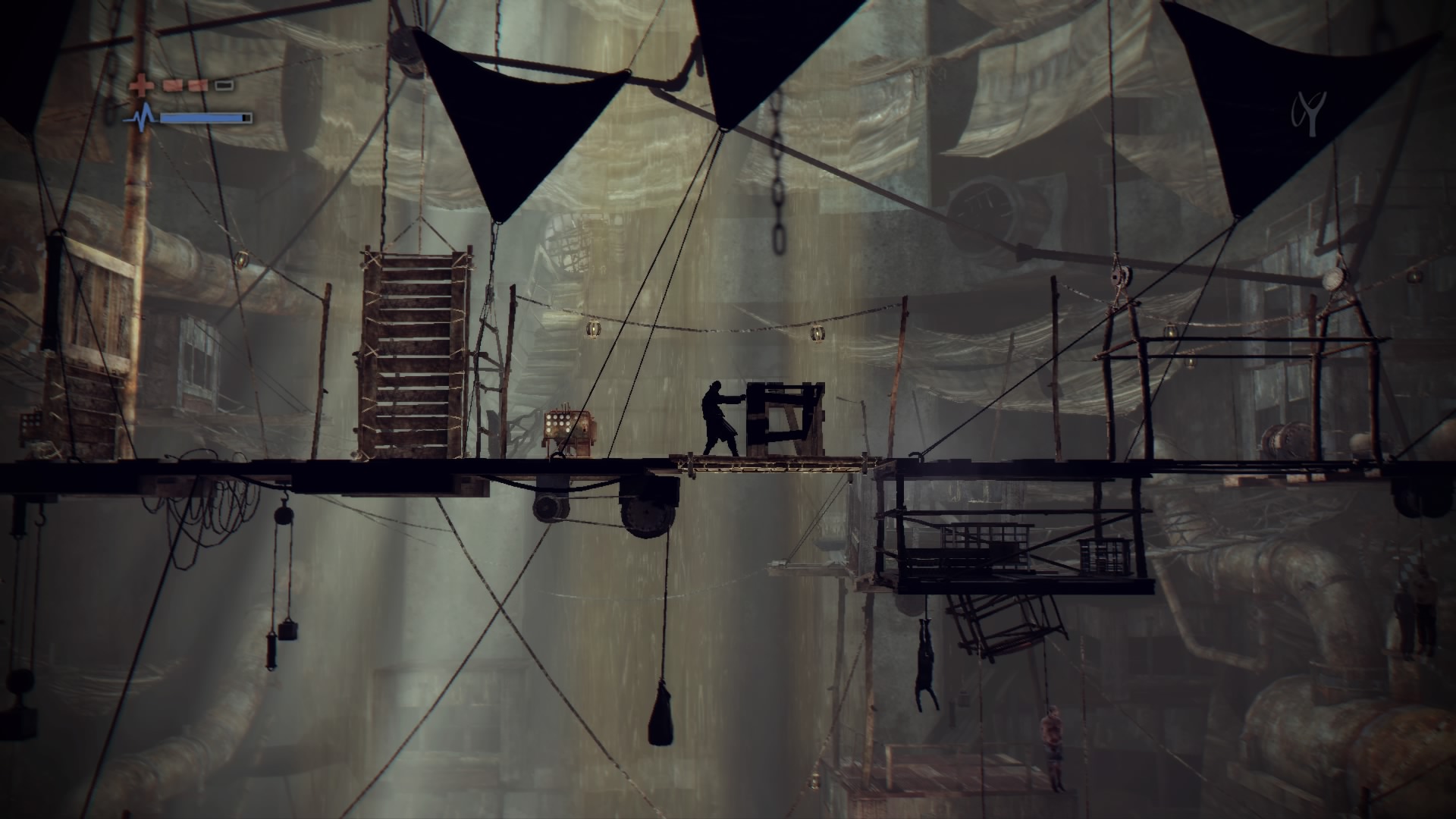
-
Deadlight Directors Cut Review
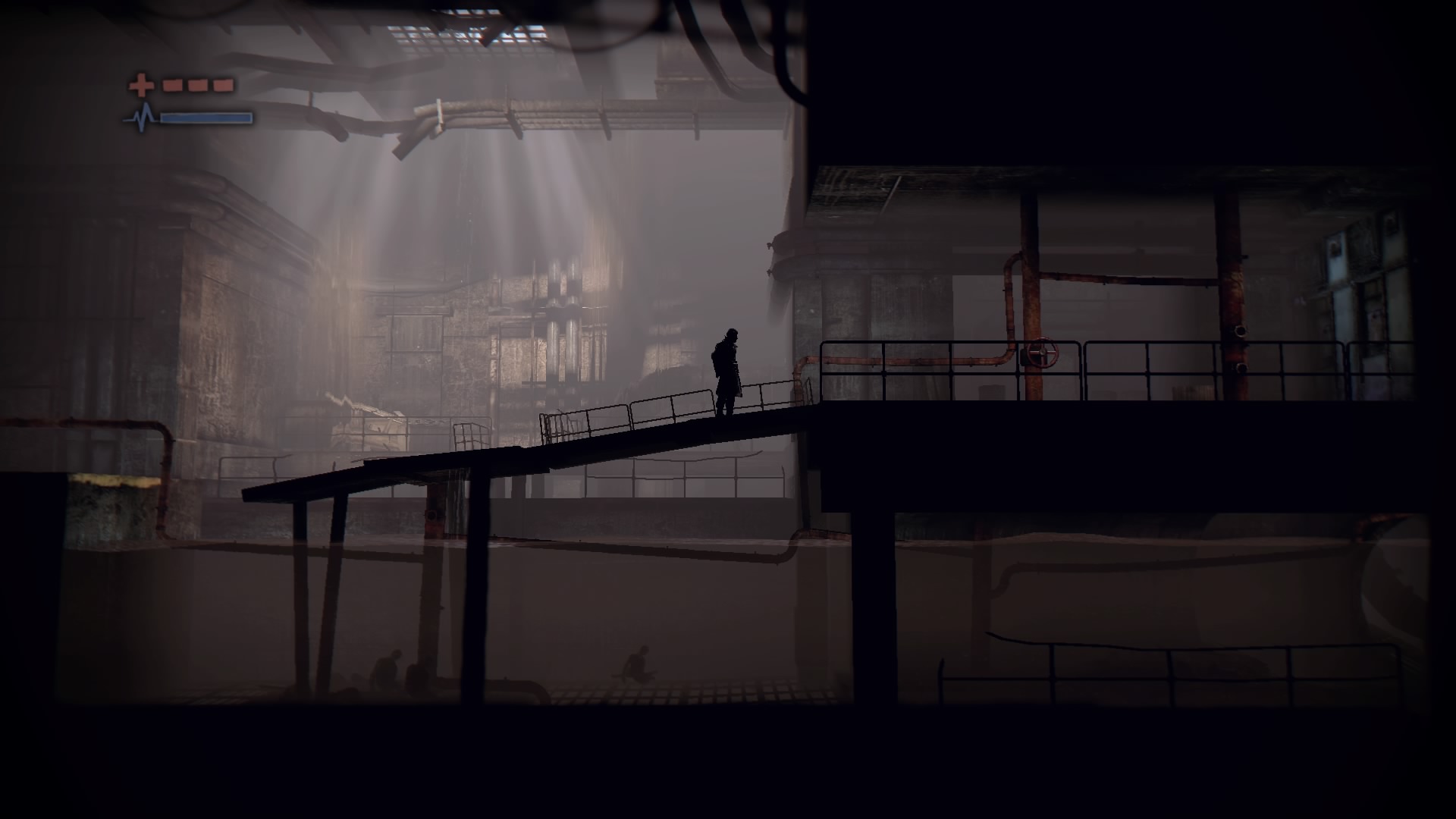
-
Deadlight Directors Cut Review
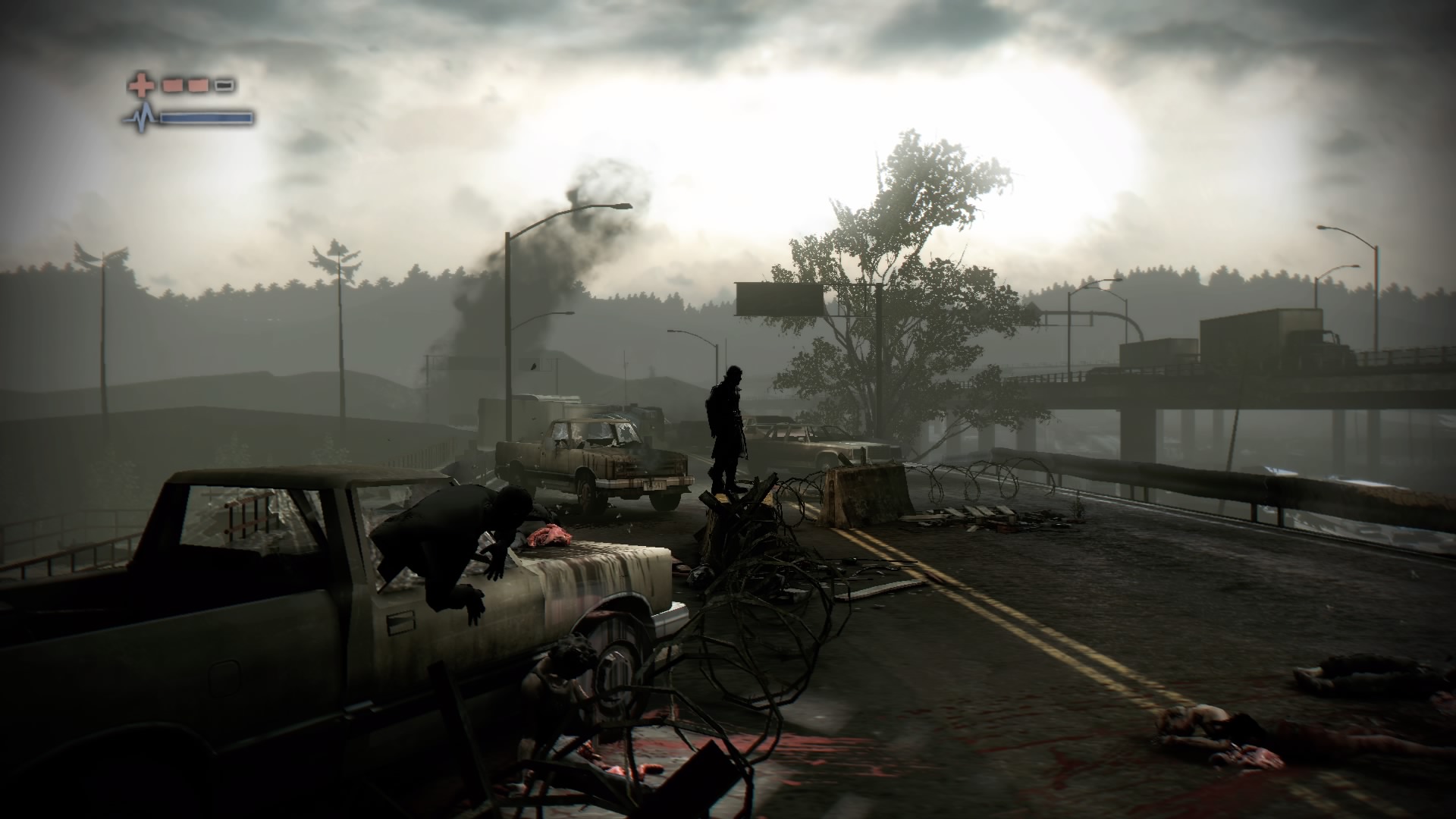
-
Deadlight Directors Cut Review
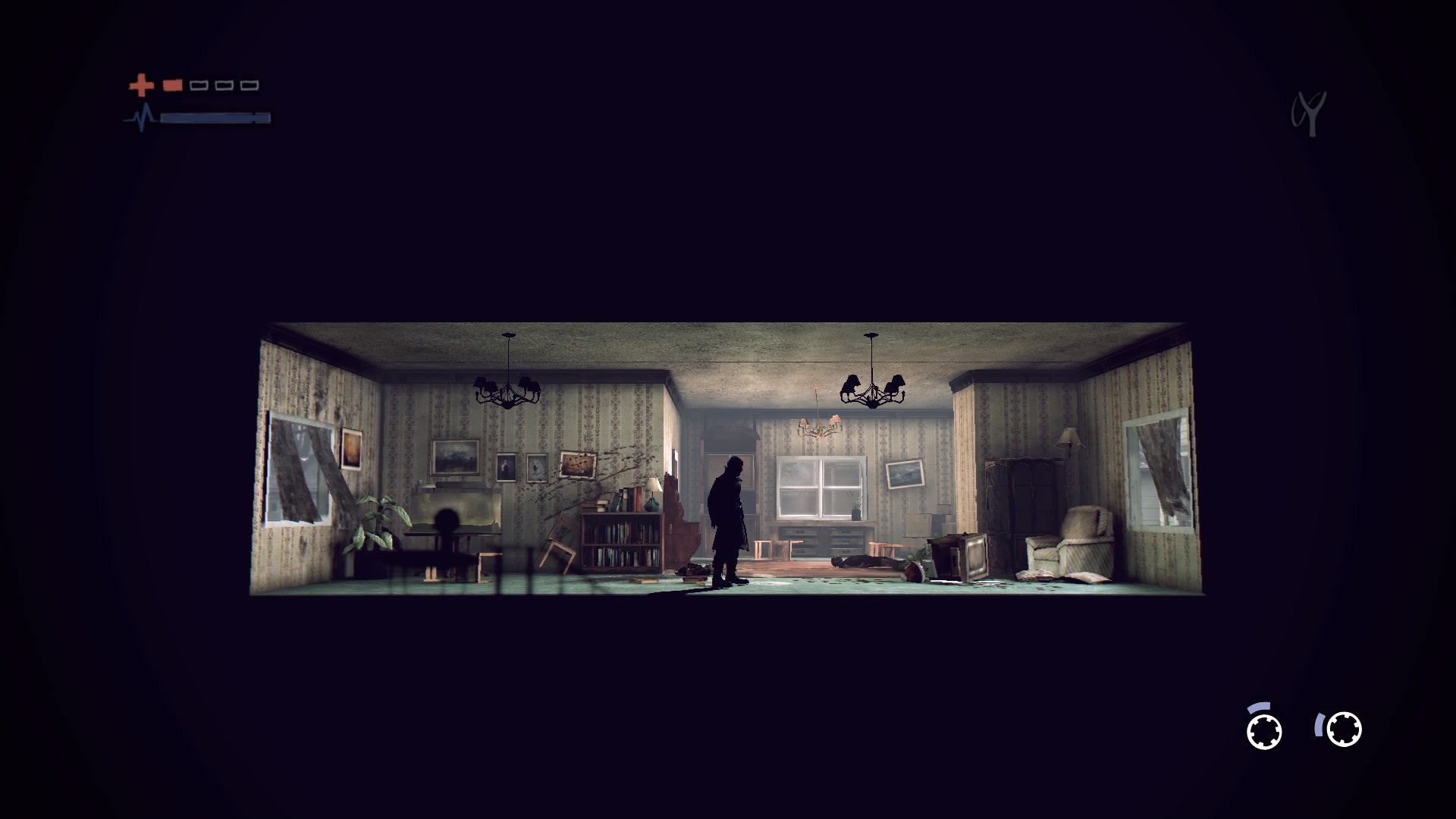
-
Deadlight Directors Cut Review
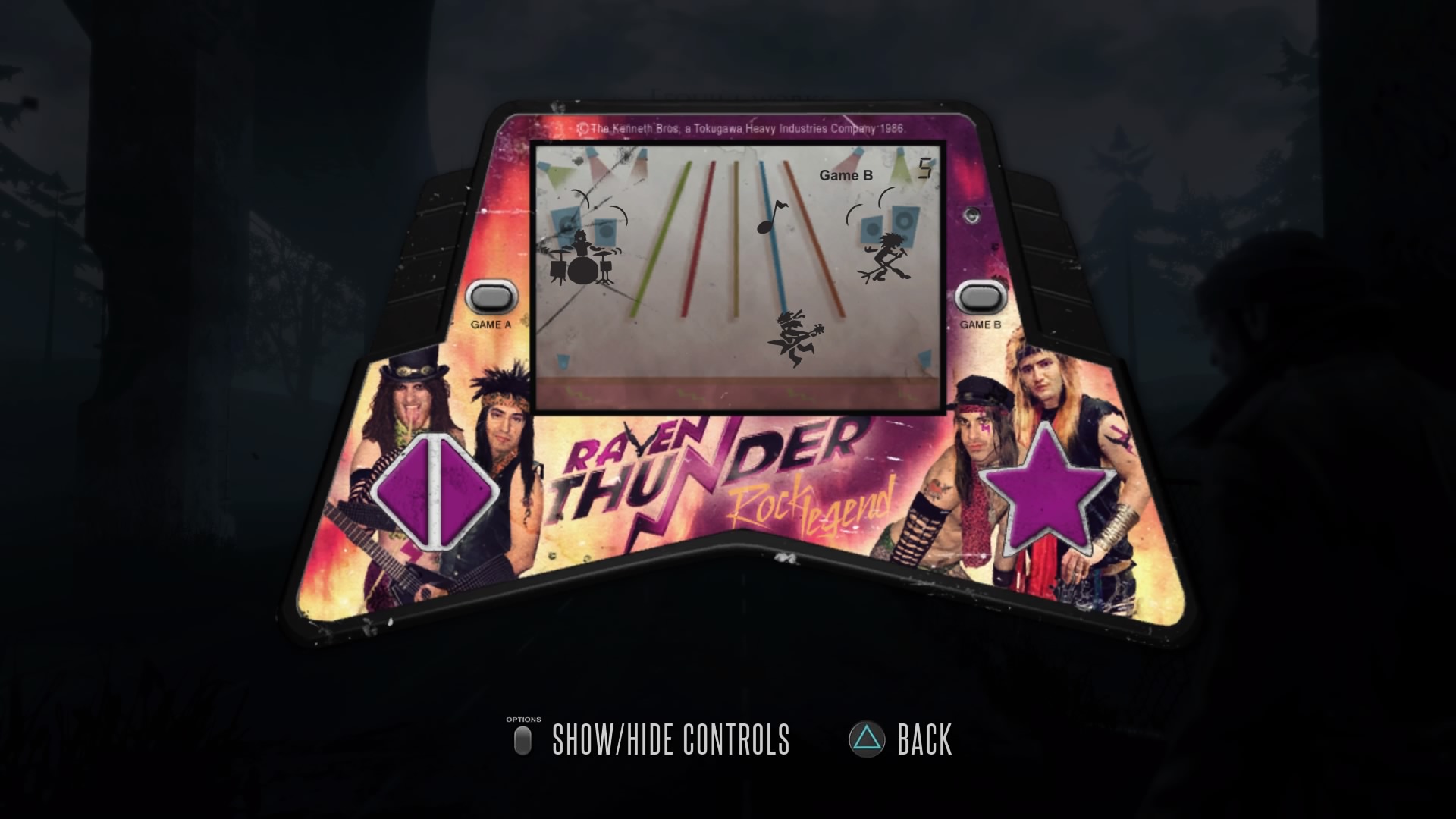
-
Deadlight Directors Cut Review
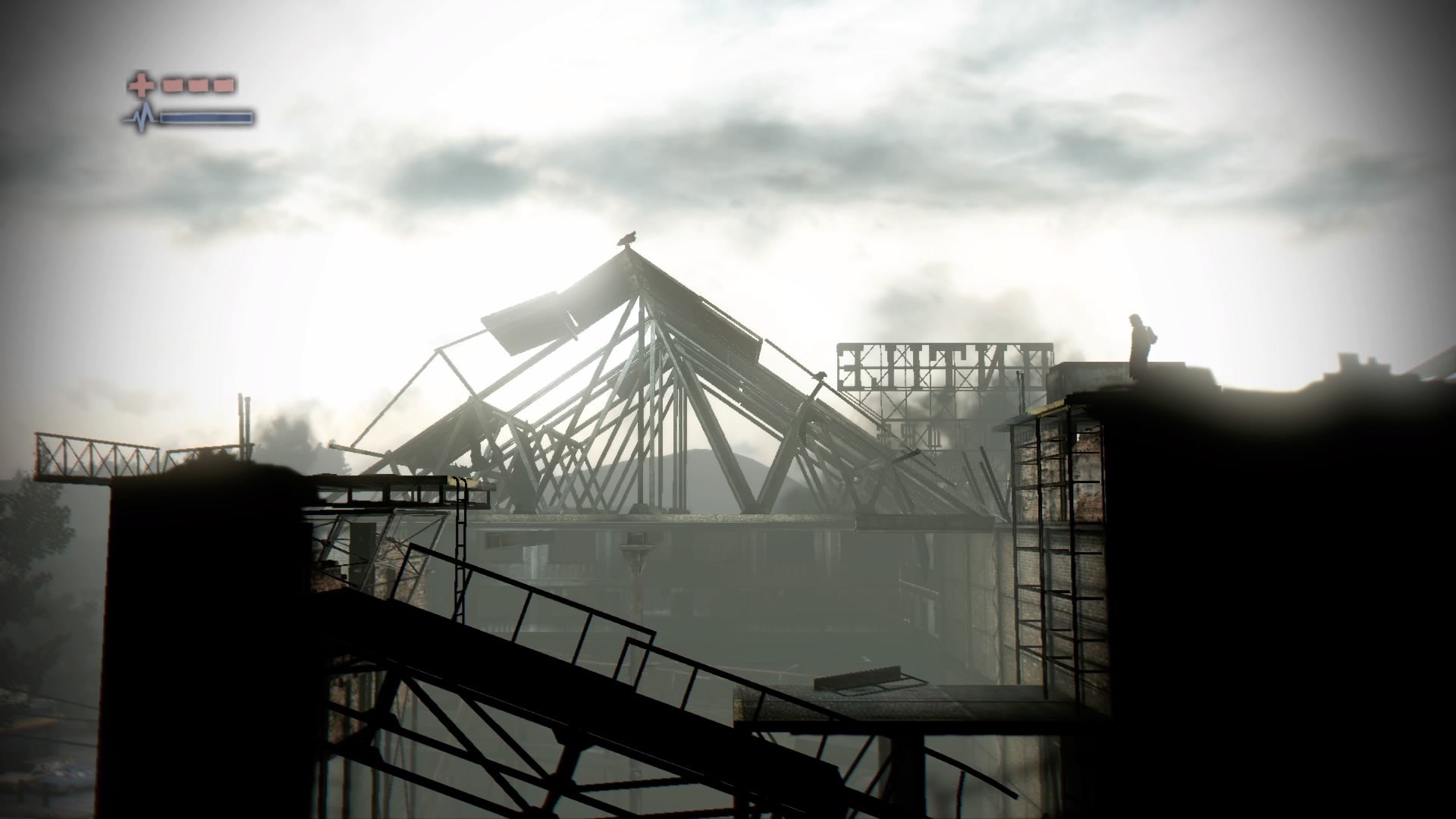
-
Deadlight Directors Cut Review
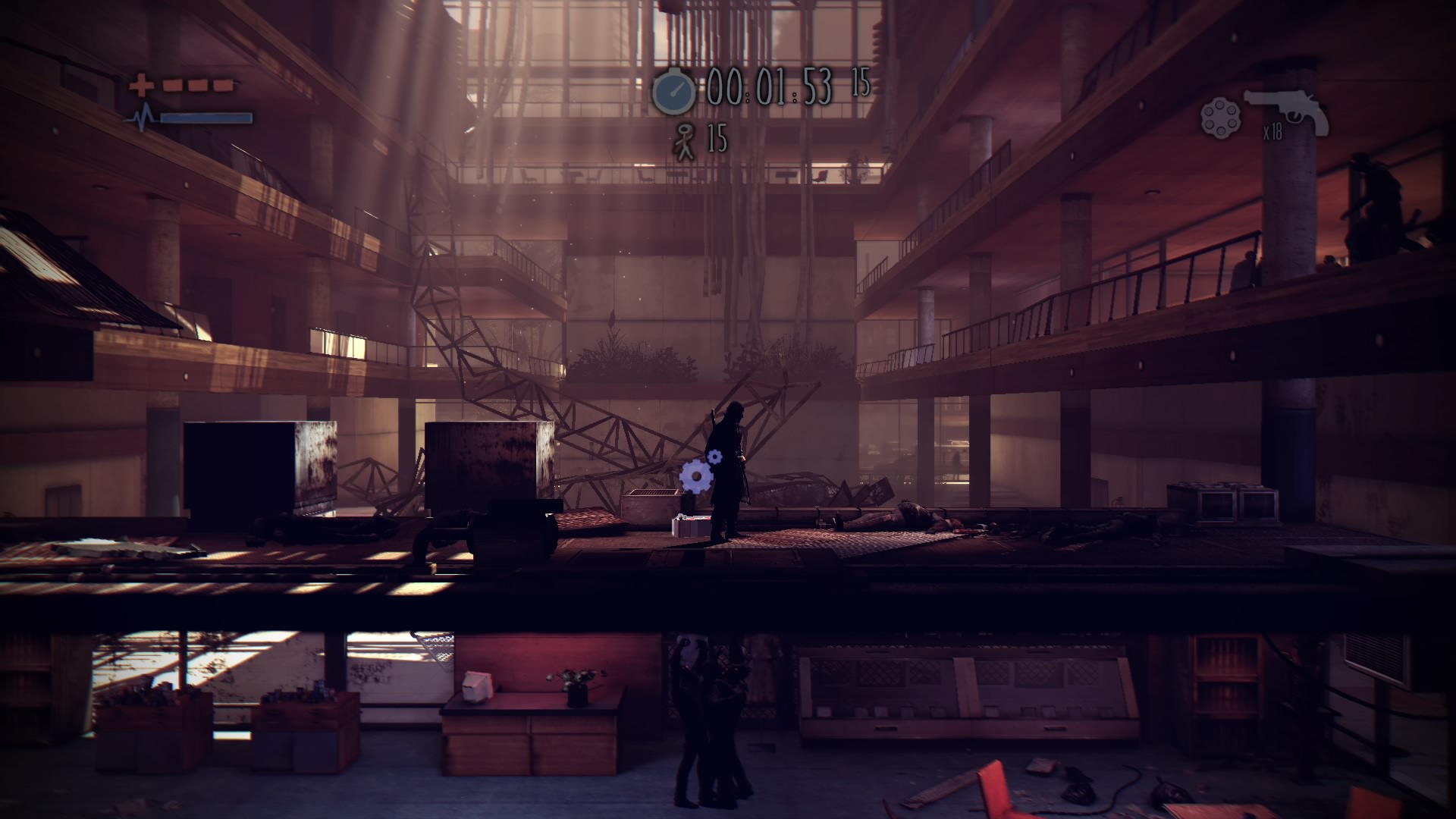
-
Deadlight Directors Cut Review
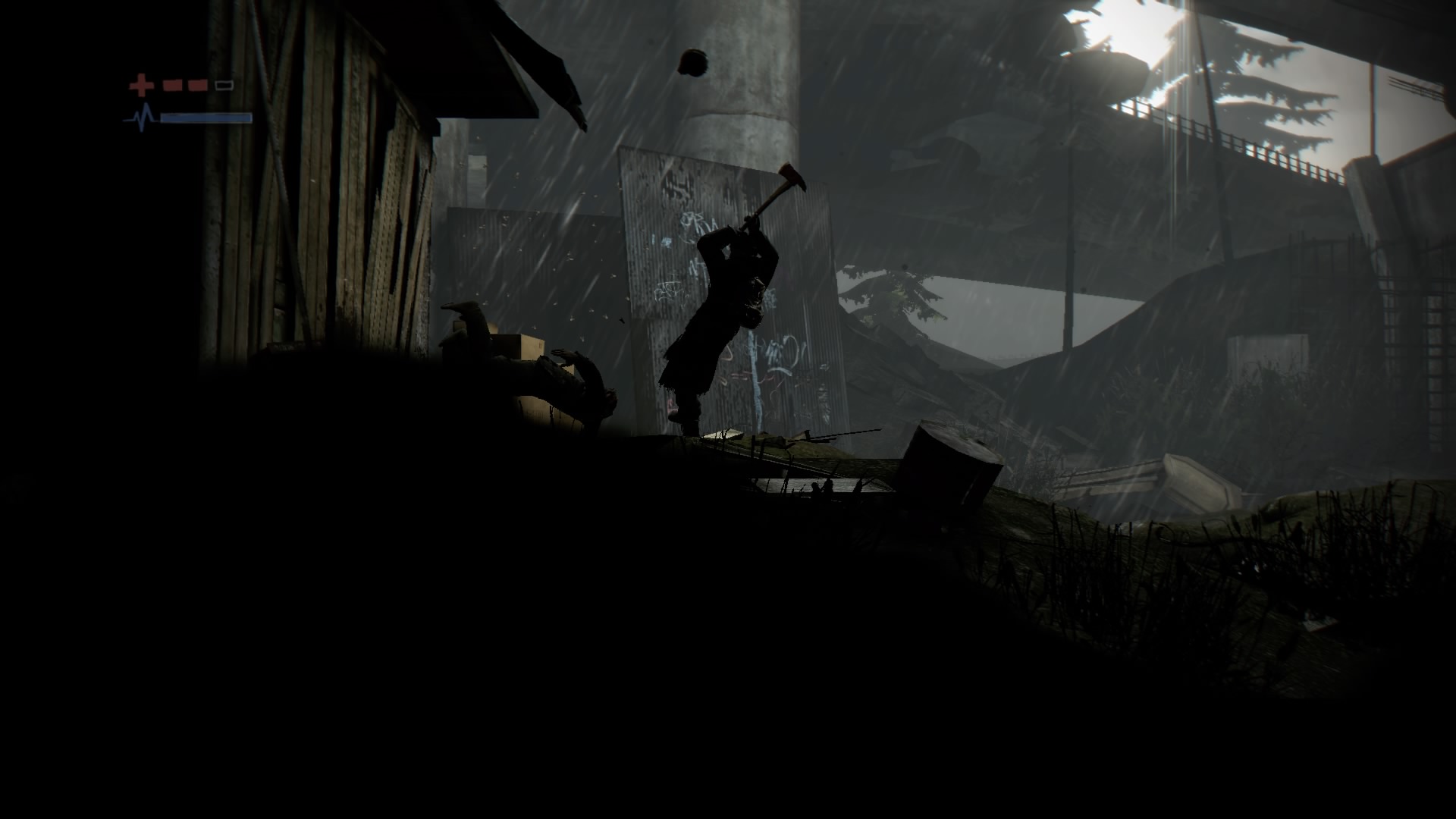
-
Deadlight Directors Cut Review
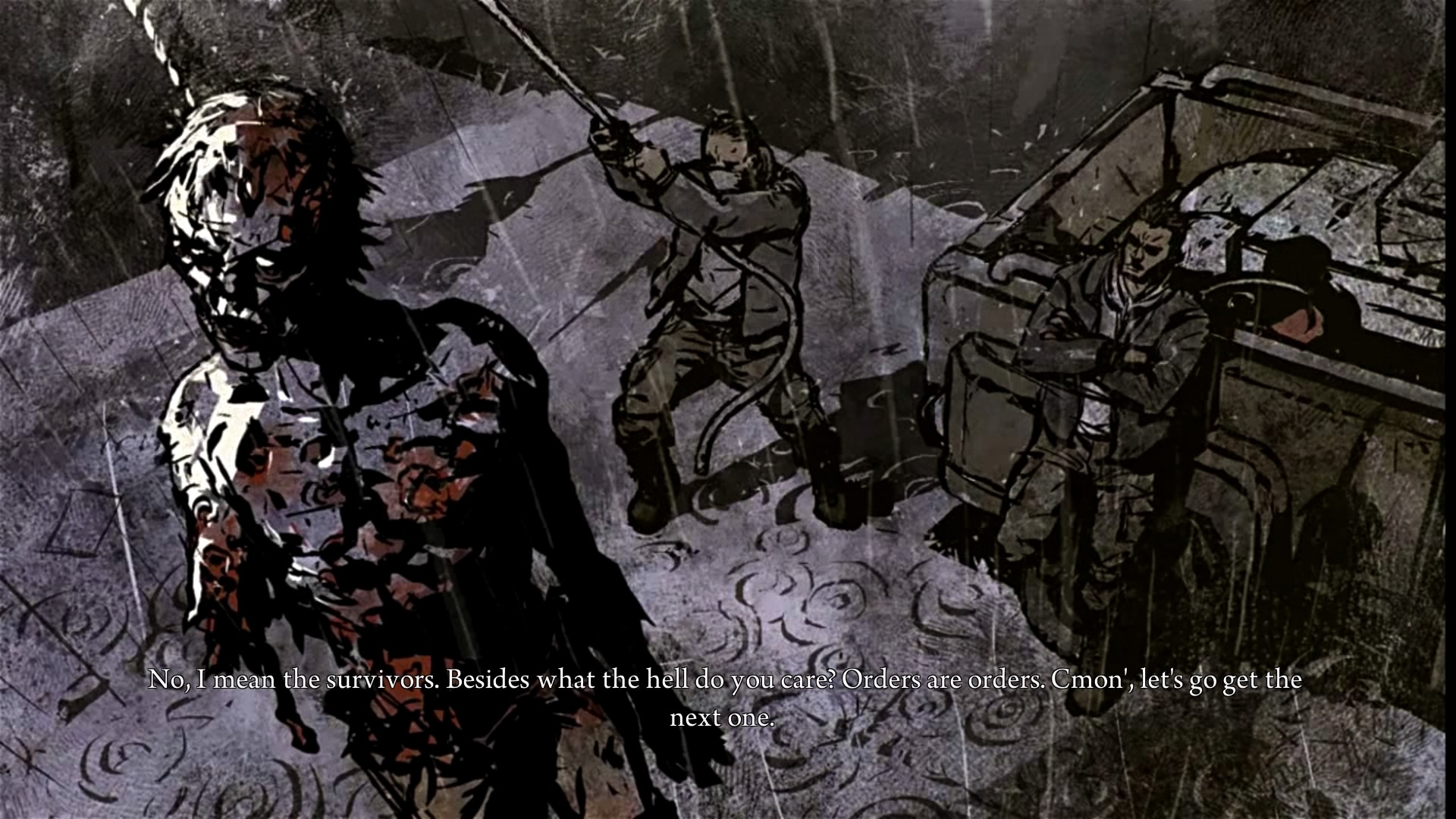
-
Deadlight Directors Cut Review
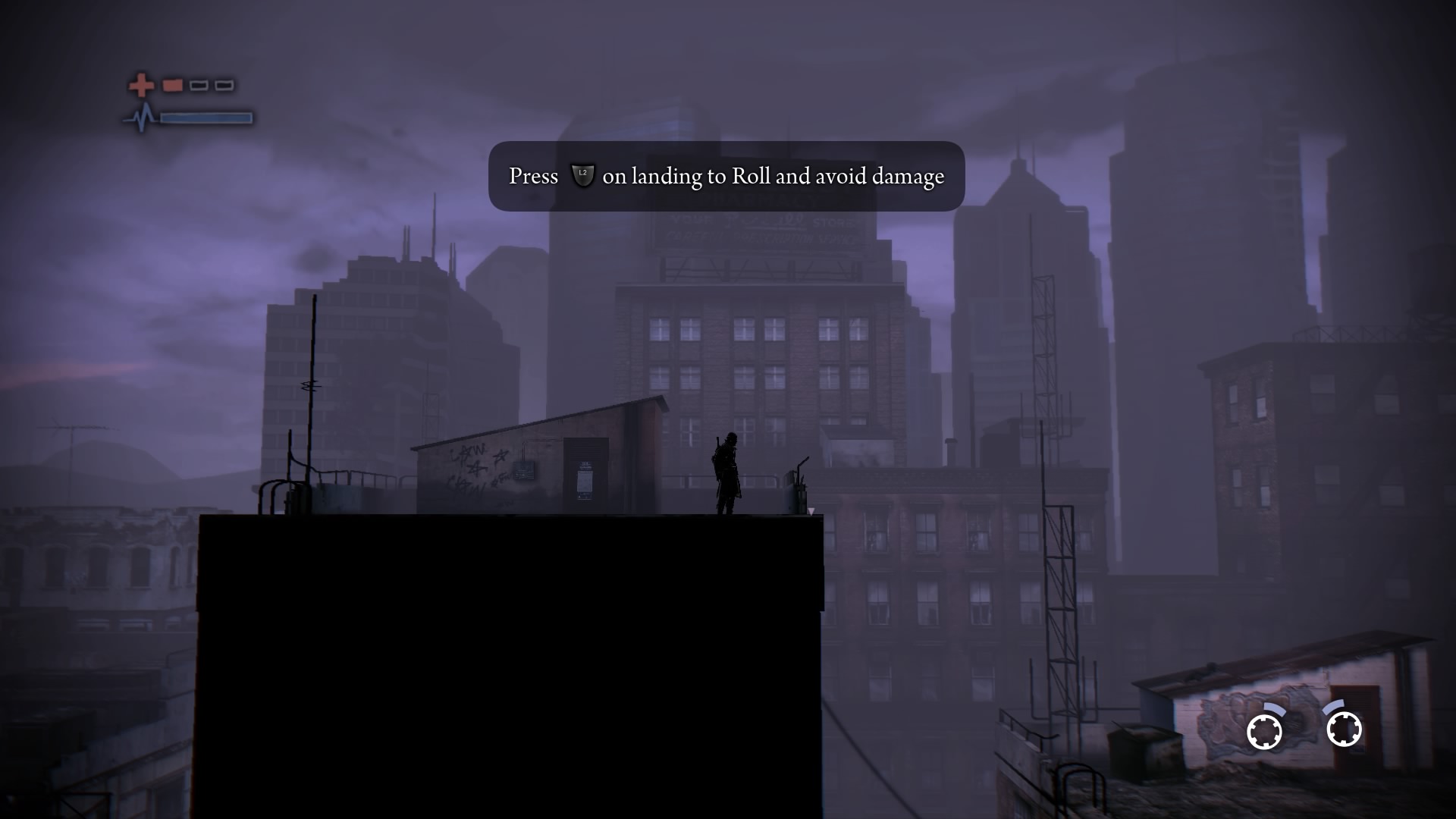
-
Deadlight Directors Cut Review
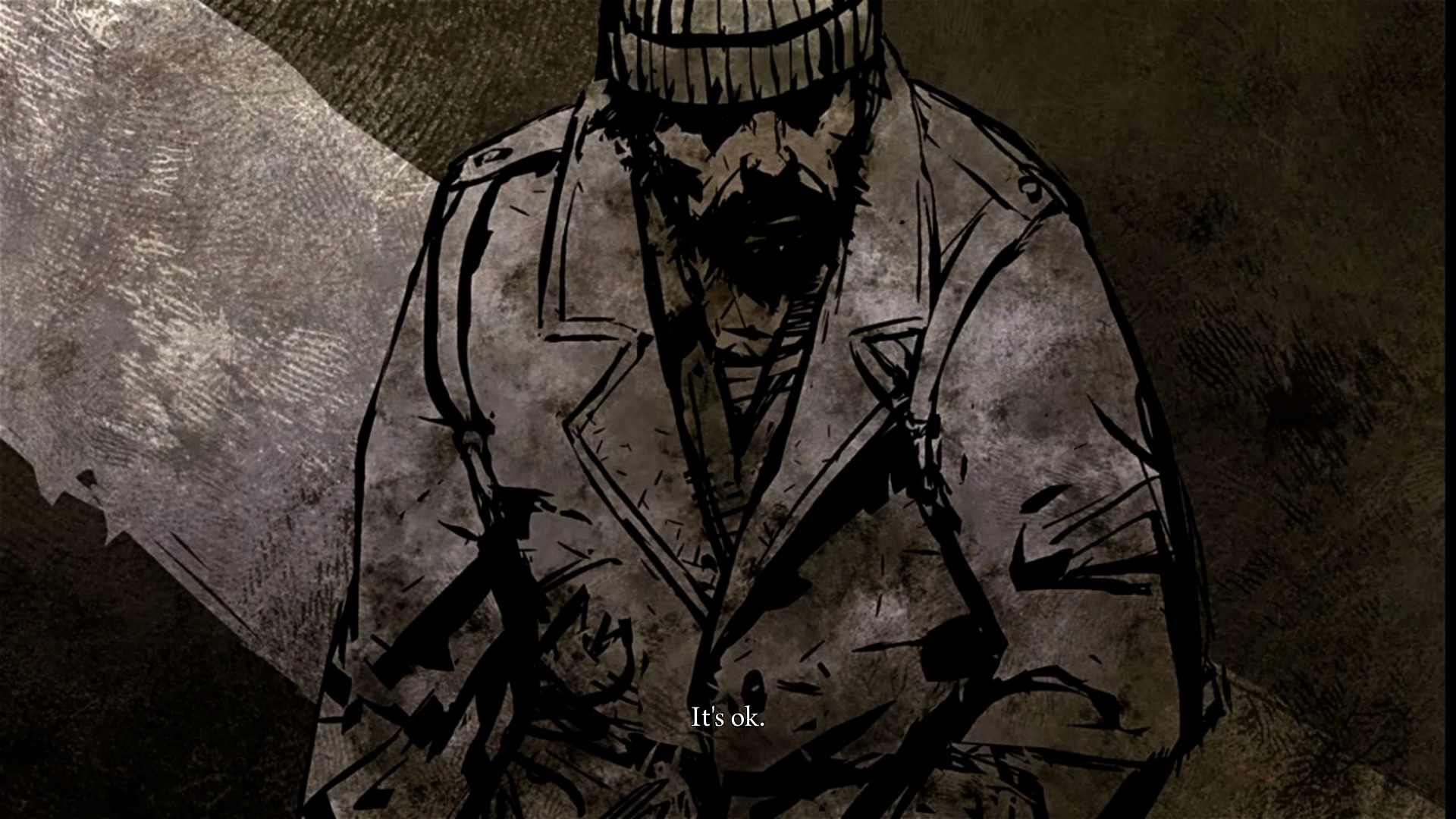
-
Deadlight Directors Cut Review
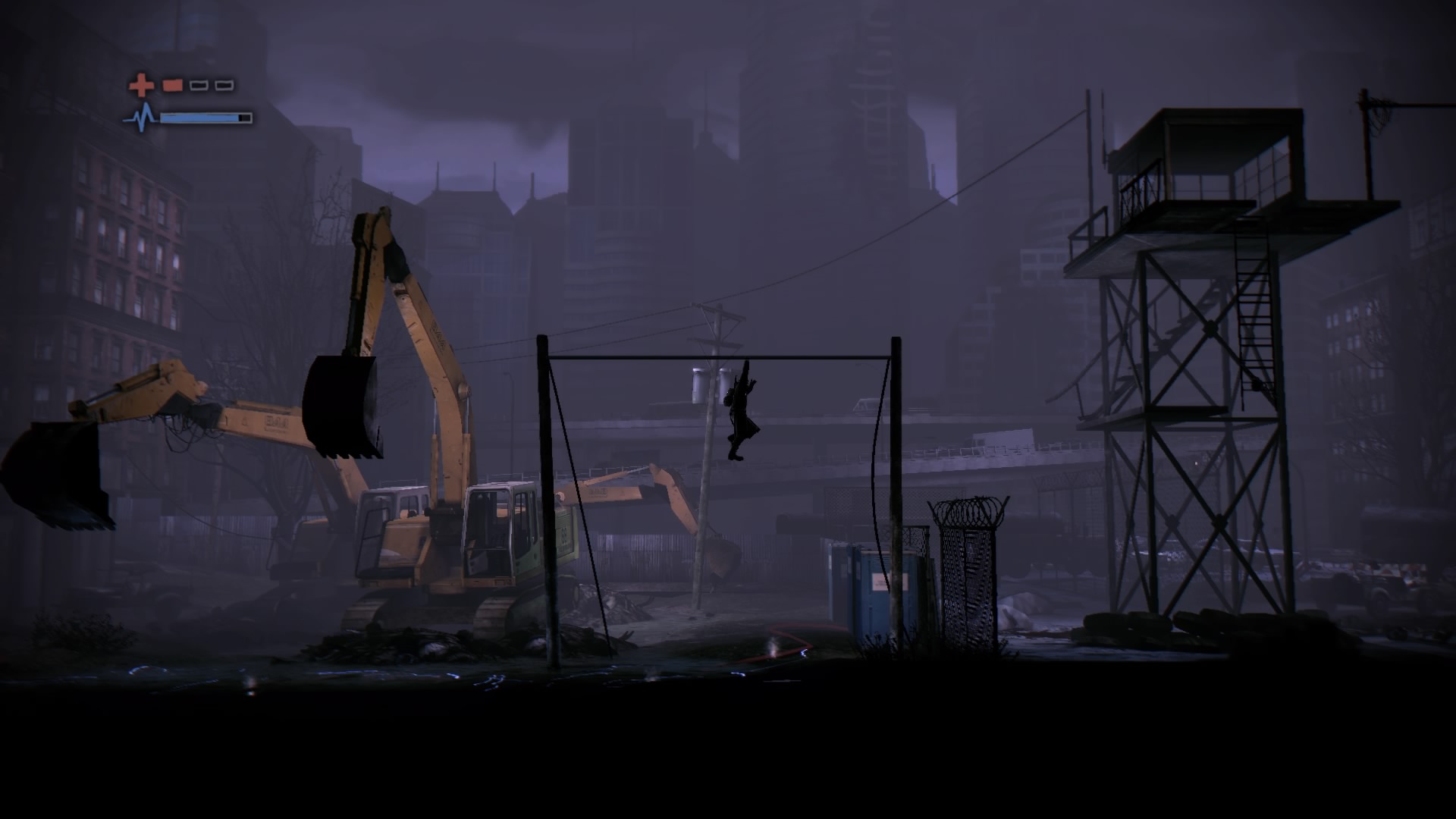
-
Deadlight Directors Cut Review
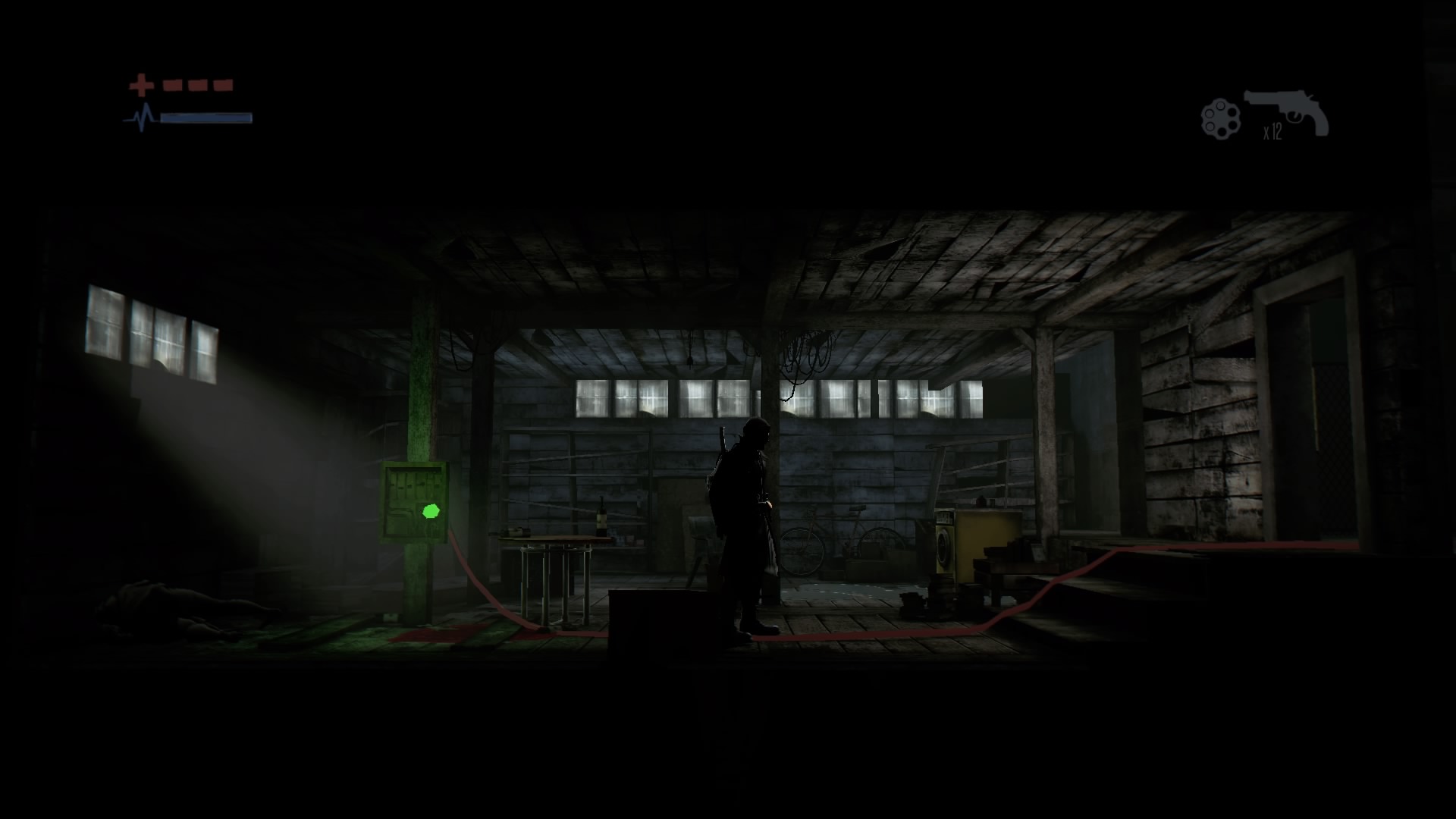
-
Deadlight Directors Cut Review
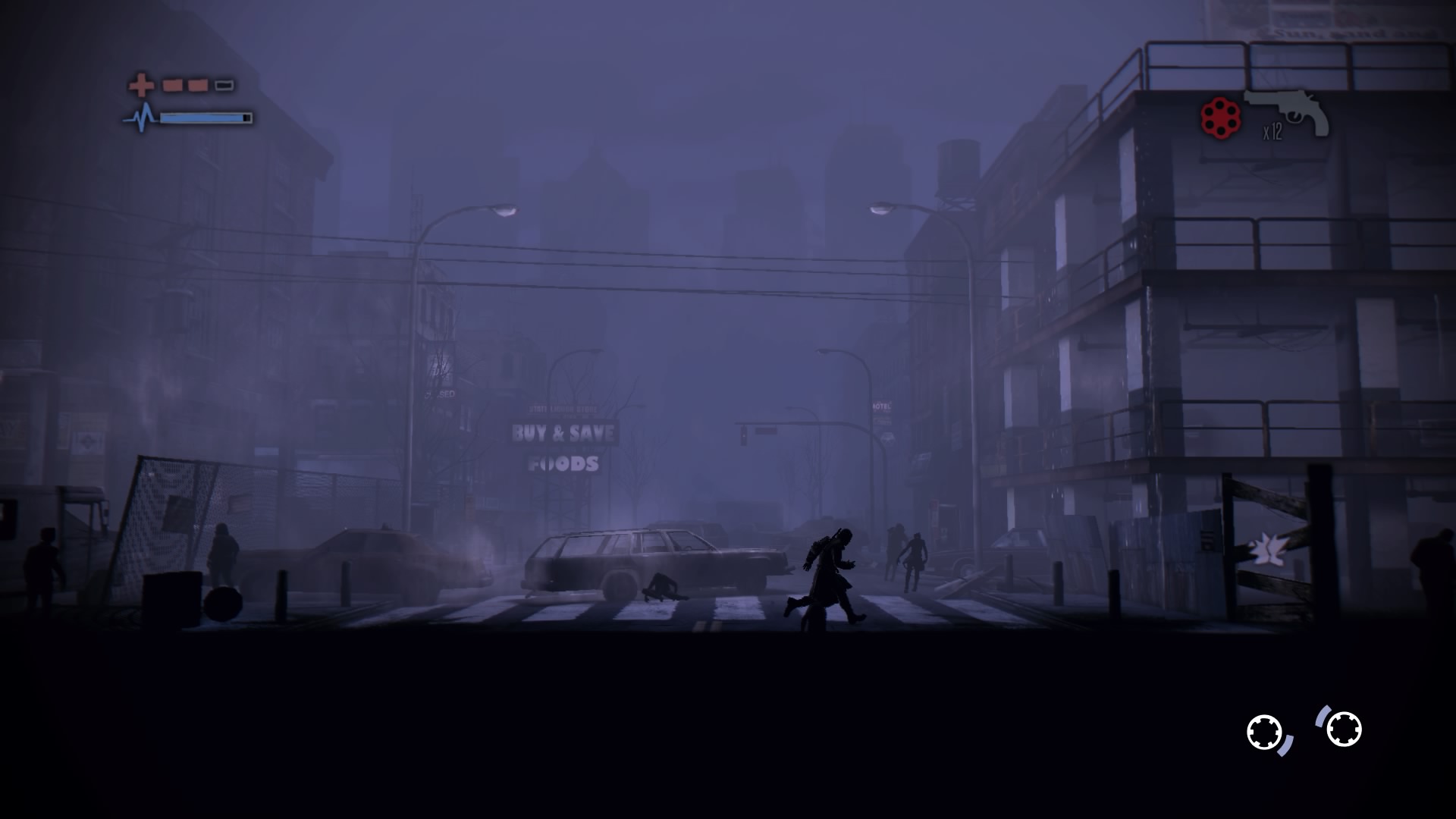
-
Deadlight Directors Cut Review
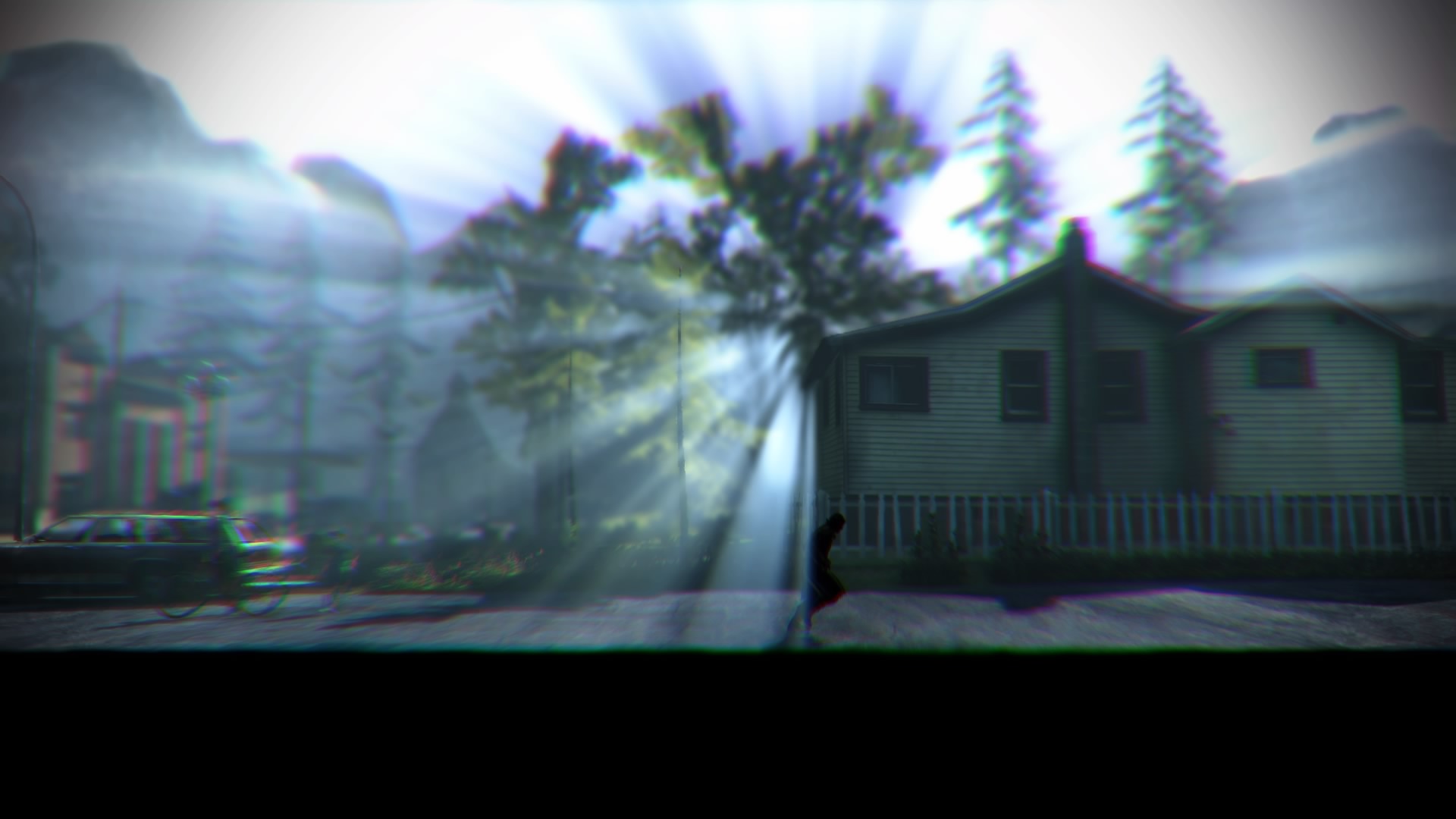
-
Deadlight Directors Cut Review
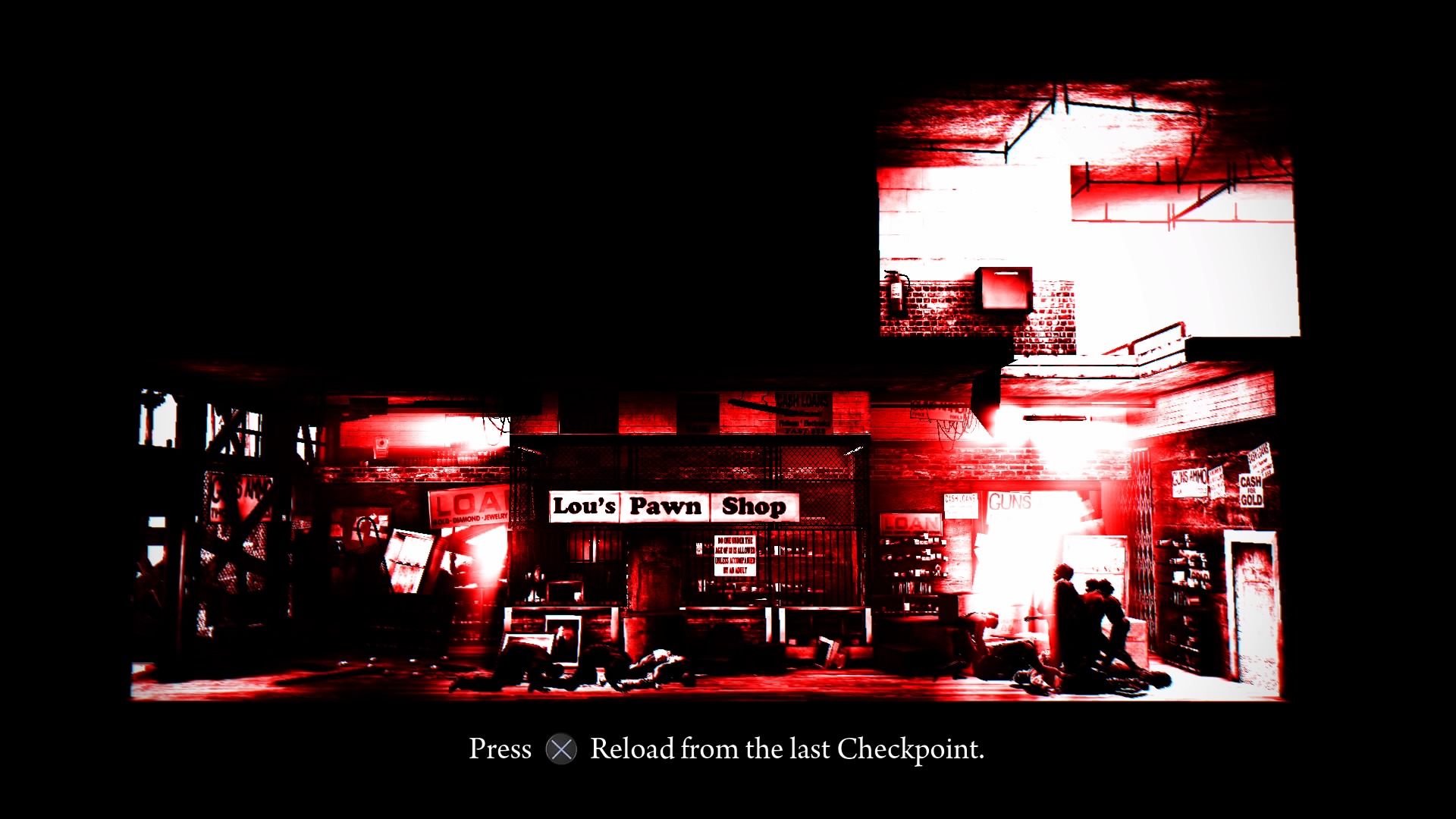
-
Deadlight Directors Cut Review
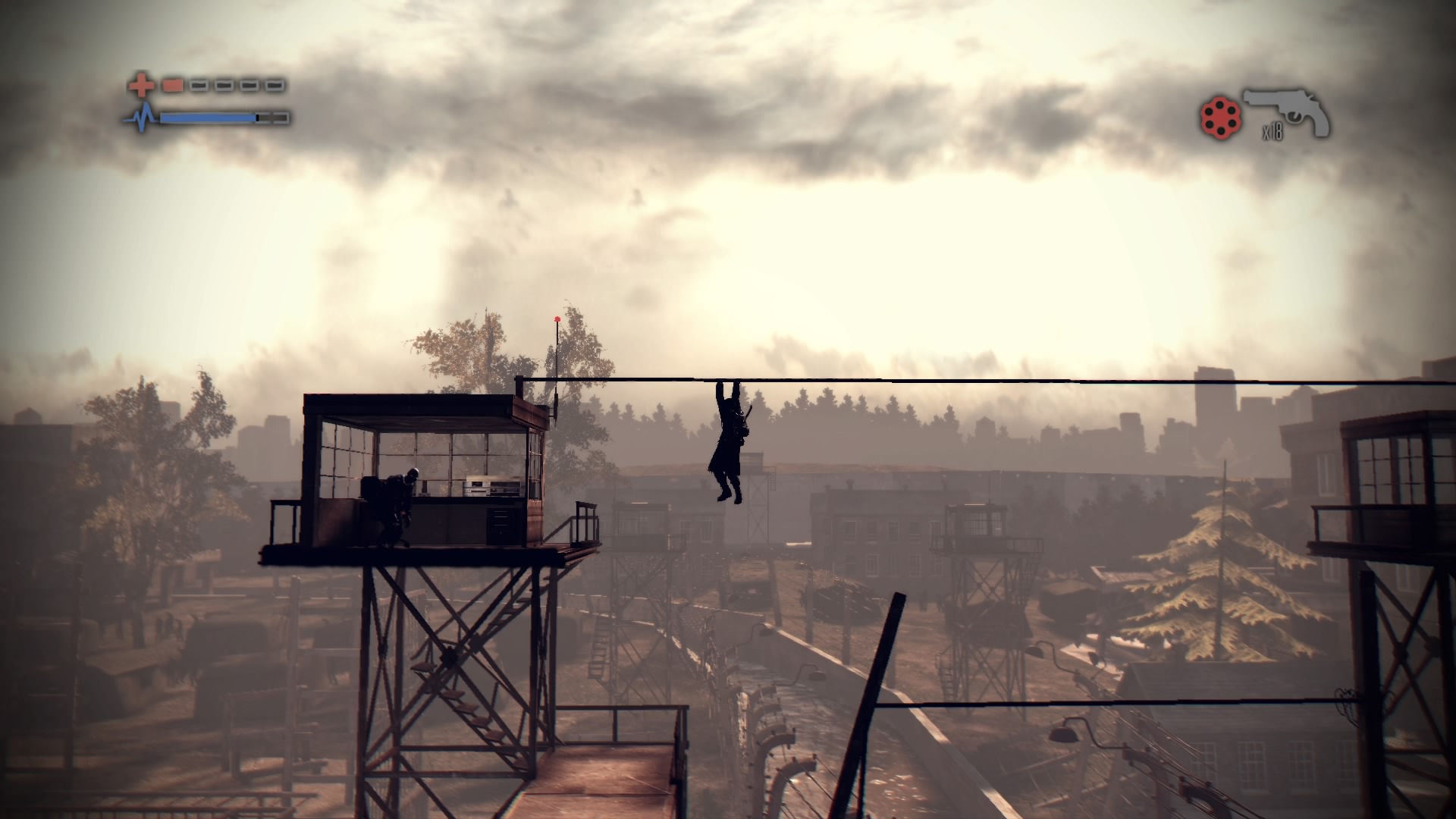
-
Deadlight Directors Cut Review
